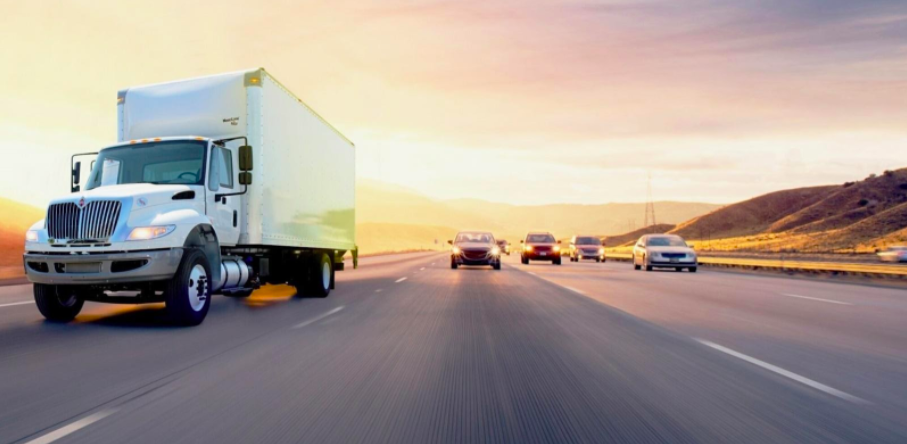Are you wondering how to find truck loads for owner operators in trucking business? Being a carrier can be favorably rewarding, except when you don’t know how to find truck loads for truck drivers. Not just truck loads, but the right ones.
We find truck loads that align with your schedule and preferred lanes.
The best part is that there are techniques and instruments to find advantageous loads that keep your business running and expanding.
Identify Freight Brokers
Freight brokers are in the business of matching truck loads from shippers with the truck drivers. A broker can help you find loads ahead of time to spend less time sitting around and more time on the road. However, using a freight broker is less profitable as compared to other ways of finding loads since the broker will take a specific portion of what you make.
Shippers & Dispatchers
No doubt, working with freight brokers requires a working knowledge of the nation’s freight lanes. And you do not want to spend much time over the phone or on emails, networking and negotiating. Working directly with shippers would mean you don’t need to pay a certain amount of your profits to freight brokers. It can be more time-consuming and difficult, particularly for newer carriers and operators. Dispatch services can bridge that time and help with other administrative aspects of trucking. However, they also charge fees and take a share of the income like freight brokers but provides you with a hassle free process.
Load Boards
To use a load board, all you need to do is contact the entity posting a load. Sometimes, you might have to negotiate on the rate. The broker or shipper will follow this and send you a carrier agreement to review and sign. After reviewing and signing the contract, they’ll request additional paperwork from you. Once the paperwork is returned, they will respond with a load confirmation and pickup details. With us, you can access multiple load boards, brokers, and shippers, making finding and planning your load easier.
Load booking is a complicated task on the other hand because it requires Knowledge, Skills and Tool. In order to book Freight you must equipped with the appropriate information about the Equipment like :-
- Must the weight to haul
- Location to start with and Location of arrival
- Accordingly Route mapping
- Market condition
- Equipment’s required to secure the freight
- All parties contact details
Plan Your Loads Ahead of Time
To avoid operating your trucking business at a flop, be aware of the revenue on each load you transport. This involves performing complex calculations covering items such as trip distance, miles, etc. Planning your loads can help you bypass operating at a loss, but it can be challenging to manage it on your own. Apart from tips on finding the right load for yourself, here are a few things you can keep in mind.
Do your research
Determine what locations work best for you and fit your lifestyle best. Pick the areas that match those preferences. Then, you can look for loads in those exact locations. Also, consider the reputation of freight brokers. A good standard is that they are fair and work with customers you want.
TYPES OF TRUCKS
- DRY VANS: trailers are commonly used to protect goods from harmful elements of the weather or the roads. Dry van has max freight weight of 42,000lbs to 45,000lbs.
Has a container to enclose the load
- BOX TRUCK: They are small vans or enclosed trailers attached to the Trucks which can scale from 10,000 LBS to 26,000 LBS sometime with opening gates
- FLAT BED: allows us to load goods from all sides of the trailer.
Flatbed we have 2 categories
FLATBED FULL which lengths from 48ft to 53 ft.
Max weight – 48000lbs - HOTSHOT: Hot-shot is small Flat-bed trailer that has ramps and sometimes Mega ramps attached to it.
Max Weight: Depends on DL holder - STEP DECK: Like Flat-bed trailers only difference is flatbed trailers are about 60inches above the ground whereas step deck trailers are even closer to the ground
- POWER ONLY: Trucks and trailers are designed to break apart, and by considering these as separate assets, third-party logistics providers (3PLs) create unique, flexible shipping solutions.
Types of power only
Removable gooseneck trailer (dually trucks): The front detaches, allowing the RGN trailer to be lowered to the ground to create a ramp. For this reason, loads are typically driven onto the RGN trailer, like trucks and other motorized equipment. RGN trailers can be configured with up to 20 or more axles to support up to 150,000 pounds. The most common RGN trailer configuration: Tandem axle to support up to 40,000 pounds.
- DRAYAGE: Drayage services can refer to a vehicle that helps shipments or cargo containing goods travel across relatively short distances, such as from a port to a warehouse and vice versa. The Truck has different size of Chassis attached or you can get one from the Port which is non-customized.
Be active and flexible: You need to be actively involved in your business to understand that what works best for you.Be flexible with your load transport types. Develop your reach by considering what other loads your truck can harbor. For instance, a refrigeration truck can also take dry goods.
Book with us now for an easy , hassle free and smooth experience.


Pingback: What is TONU - how TONU is different to Layover or Detention
Pingback: Differences between CDL vs Non-CDL Drivers License in USA
Pingback: Why Freight Factoring is important for your trucking business - Eagle Enterprises
Pingback: What is a Hotshot Driver? How to become a Hotshot Driver